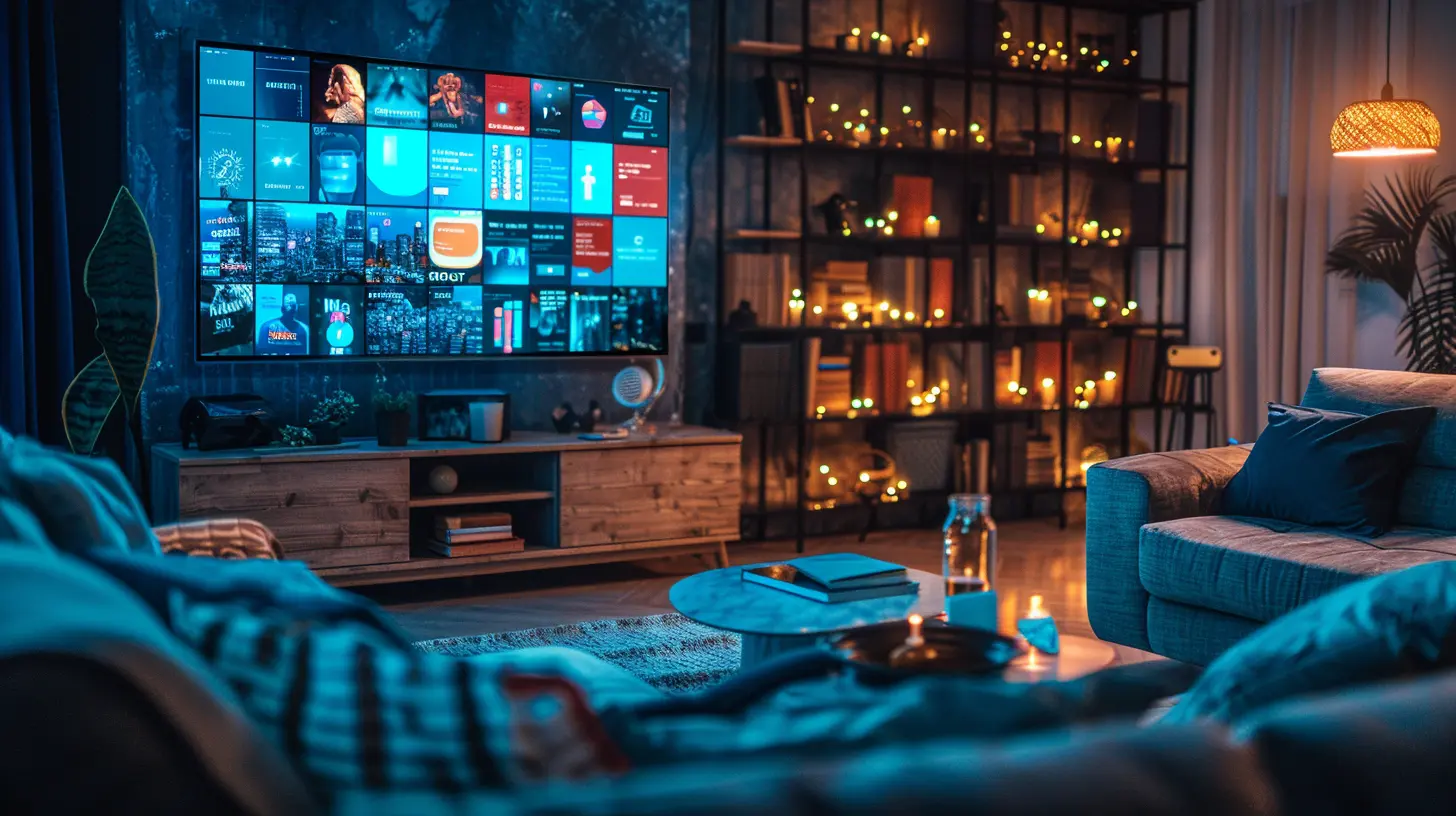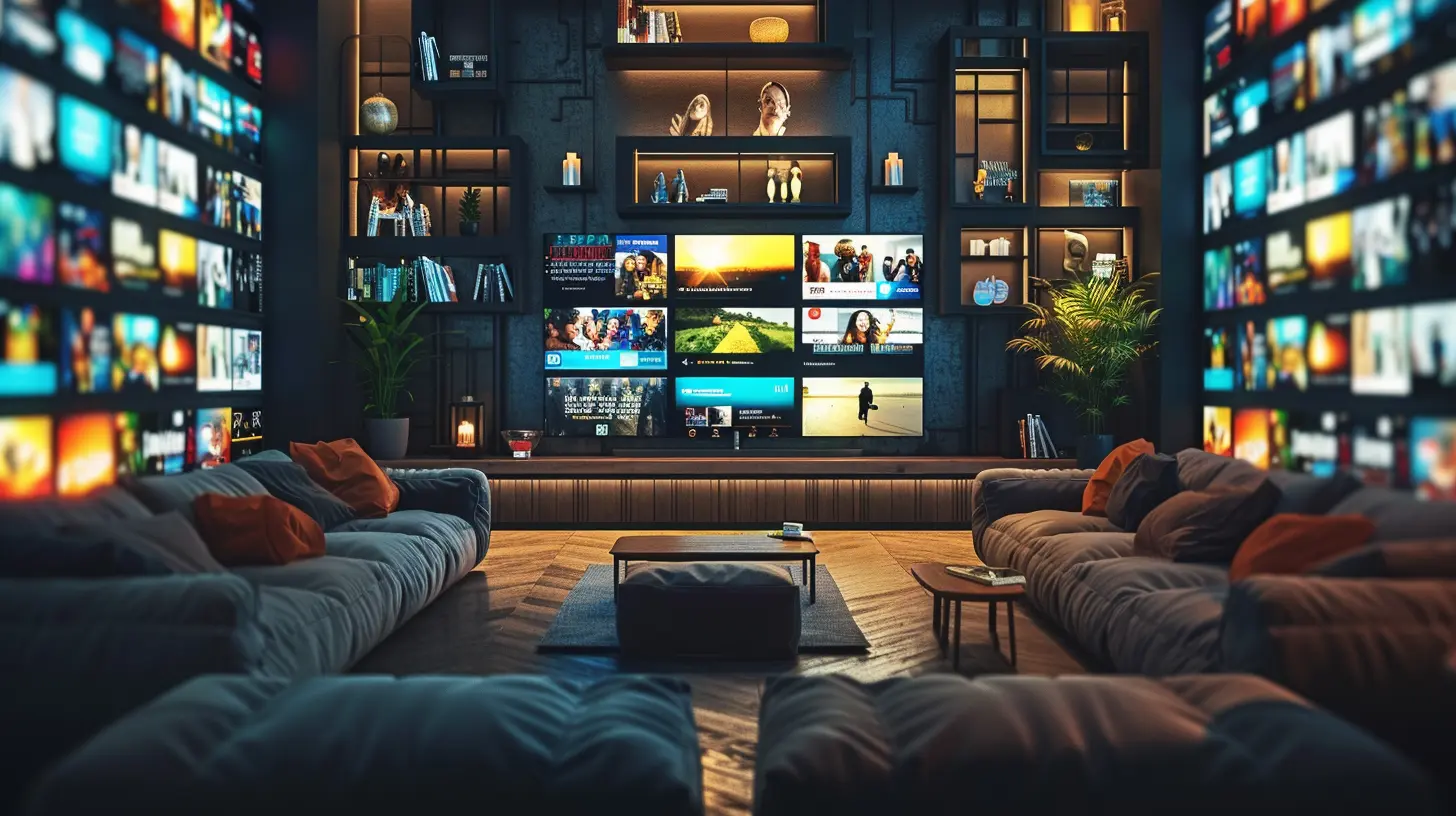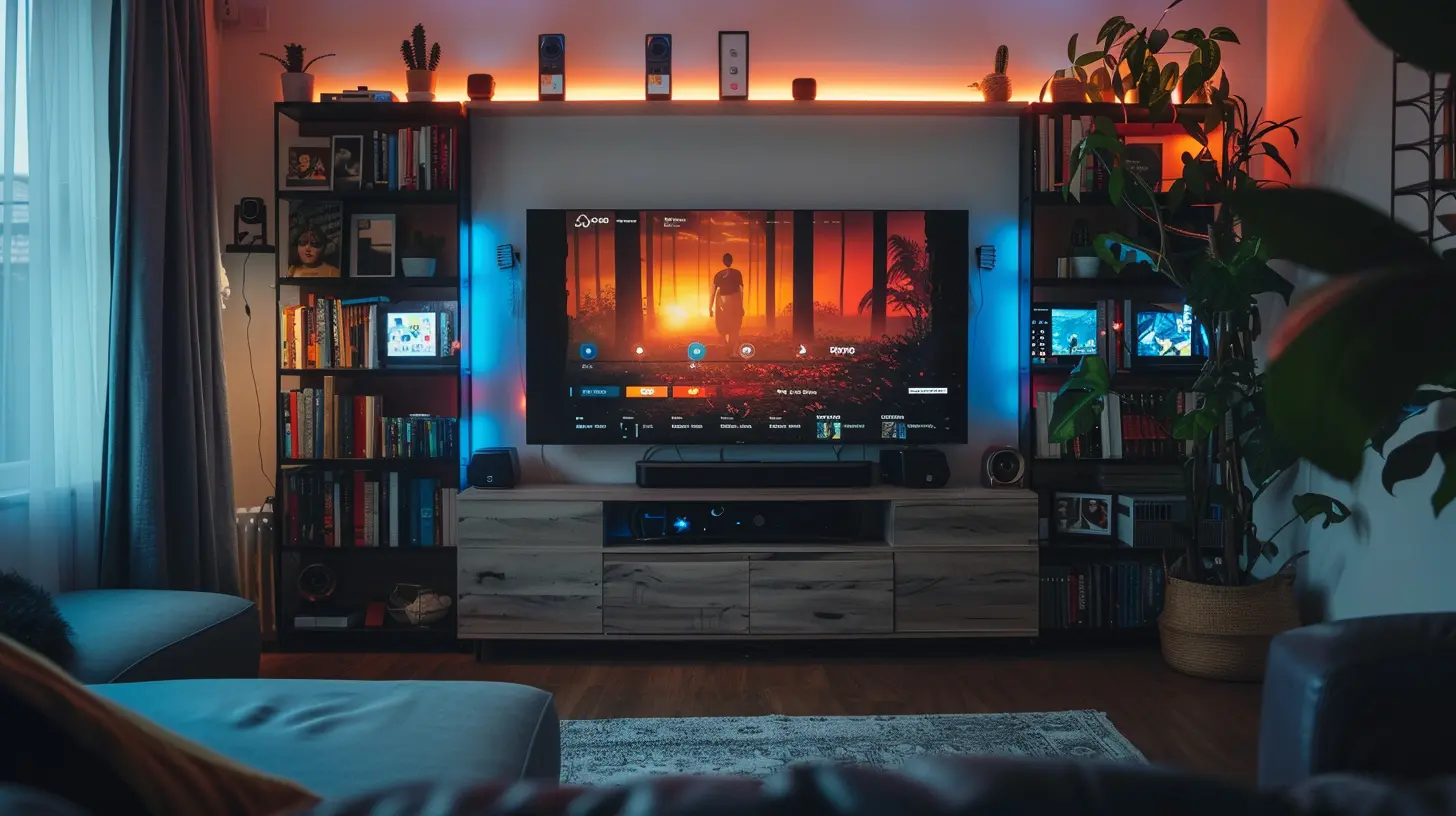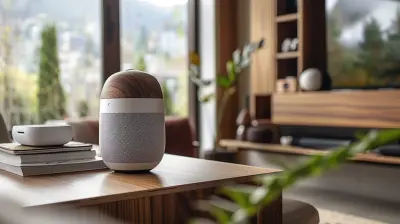The Evolution of Smart TVs: From Internet Browsers to Streaming Giants
24 October 2025
Smart TVs have come a long way from their humble beginnings. Remember when "smart" just meant your TV had built-in Wi-Fi and a clunky web browser that barely worked? Yeah, good times. But fast forward to today, and these screens are practically entertainment powerhouses, capable of streaming, gaming, voice commands, and even AI-driven recommendations.
So, how did we get here? Buckle up, because we're about to take a thrilling ride through the evolution of Smart TVs—from awkward tech experiments to the streaming giants ruling our living rooms.

The First Smart TVs: A Clunky Start
Before Netflix became a household staple and before we could yell at our TVs to "Play Stranger Things," Smart TVs were... let's just say, not that smart. Back in the early 2010s, manufacturers started slapping internet connectivity onto TVs, hoping to revolutionize home entertainment.Did they succeed? Sort of. These first-gen Smart TVs were like teenagers learning to drive—a lot of potential but plenty of frustrating missteps. Users got a built-in web browser, some basic apps, and a painfully slow navigation experience.
The Browser Era: A Nice Idea, Poor Execution
When Smart TVs first arrived, manufacturers thought people would love browsing the internet on a giant screen. Spoiler alert: they didn’t.These early models featured built-in web browsers, but trying to navigate them with a remote control was an absolute nightmare. Imagine typing a full URL using an on-screen keyboard with arrow keys—yeah, no thanks.
This era didn't last long. People didn't want to “surf the web” on their TV; they wanted quick access to content. As a result, TVs pivoted hard towards something better—apps and streaming services.

The Rise of Streaming Apps: TV's True Calling
Enter the game-changer: streaming apps.As Netflix, Hulu, and later Disney+ and HBO Max took over the entertainment space, Smart TVs shifted their focus. Instead of forcing users to deal with clunky browsers, manufacturers went all-in on integrating streaming apps directly into the TV’s interface.
Now, instead of fiddling with HDMI cables and external devices, people could binge-watch straight from their TVs. Convenience won, and the streaming revolution officially took off.
App Stores and Expanding Possibilities
Samsung, LG, Sony, and other major players started rolling out actual app stores for their Smart TVs. This meant users could personalize their entertainment experience, downloading apps like YouTube, Spotify, and even fitness programs.Gaming also started making its way onto Smart TVs, with cloud gaming services like NVIDIA GeForce Now and Xbox Game Pass opening up console-free gaming possibilities.
TVs weren't just for passive watching anymore; they became interactive entertainment hubs.

Voice Control and AI: The Future Gets Smarter
One of the biggest upgrades to Smart TVs? Voice control.Gone are the days of endlessly scrolling through menus. Now, you can just shout at your TV—"Hey Google, open Netflix!"—and voilà, it listens.
Voice assistants like Alexa, Google Assistant, and even Samsung’s Bixby (yeah, they’re still trying) became standard features, allowing you to control your TV and even smart home devices with simple commands.
AI-Powered Recommendations
Smart TVs aren't just listening; they're learning. Thanks to artificial intelligence, these screens now analyze what you watch and serve up eerily accurate recommendations.Watched a few horror movies? Boom—your TV suggests The Haunting of Hill House. Binged a bunch of rom-coms? Get ready for an avalanche of feel-good flicks.
This AI-driven approach means less time scrolling and more time actually watching what you love.

The Hardware Evolution: From HD to 8K Dominance
Of course, what's inside these TVs has changed just as dramatically as the software.The HD Revolution
Once upon a time, 1080p Full HD was the holy grail of TV resolution. Then came 4K, and suddenly, anything less felt outdated. Today, 8K TVs are pushing the boundaries even further, though most of us are still catching up.Alongside these resolution upgrades, refresh rates have improved massively. The latest Smart TVs boast smoother motion handling, making a huge difference not just for movies, but for gaming, too.
OLED, QLED, and Beyond
Not all Smart TVs are created equal. Display technology has been a battleground, with OLED (Organic Light-Emitting Diode) delivering stunning contrast and QLED (Quantum Dot LED) competing with vibrant colors and brightness.Each advancement makes visuals more lifelike, with deeper blacks, richer colors, and ultra-thin designs that fit seamlessly into modern homes.
The Future: What’s Next for Smart TVs?
So, where do we go from here? Smart TVs have already come so far, but the future looks even more promising.AI-Powered Everything
Expect even smarter AI integration. Future Smart TVs will likely predict content based on mood, time of day, and even who’s watching. Imagine turning on your TV, and it knows exactly what to play before you even decide.8K Becomes the Norm
Right now, 8K is a luxury, but in a few years, it'll be as standard as 4K is today. And with streaming services stepping up their game, higher-resolution content will become more available.Seamless Smart Home Integration
Today’s Smart TVs can control your smart home, but future versions will likely act as full-time smart hubs. Your TV won’t just be for watching shows—it’ll manage your lighting, security cameras, and even your fridge’s grocery list.
Final Thoughts: The Smart TV Revolution is Just Getting Started
From struggling web browsers to dominating streaming platforms, Smart TVs have evolved into the ultimate entertainment machines. We’ve gone from fighting with remote controls to commanding them with our voices. And with AI, better displays, and smarter features on the horizon, the future looks even brighter.One thing’s for sure—your TV isn’t just a screen anymore. It’s a full-on entertainment beast, and we’re totally here for it.
all images in this post were generated using AI tools
Category:
Smart TvsAuthor:

Jerry Graham
Discussion
rate this article
1 comments
Sera McCarty
Great read! Truly fascinating to see how far smart TVs have come.
October 27, 2025 at 4:02 AM

Jerry Graham
Thank you! I’m glad you found it fascinating!


